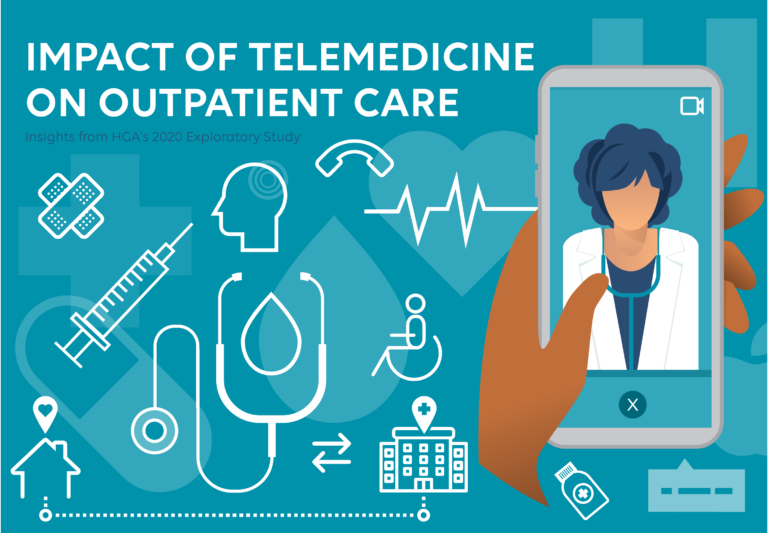Mental health’s importance, stigma persists, affecting the way patients and healthcare providers approach mental health issues.
The Importance of Addressing Mental Health in Healthcare
- Integrated Care: Mental health disorders frequently coincide with physical health conditions, making integrated care essential. For example, patients with chronic illnesses like diabetes or heart disease often experience anxiety or depression, which can complicate treatment and recovery.
- Patient Outcomes: Addressing mental health can enhance patient outcomes. Studies show that when mental health is prioritized, patients tend to have better adherence to treatment plans, reduced hospitalizations, and improved quality of life.
- Holistic Approach: Acknowledging mental health empowers healthcare providers to take a more holistic approach to patient care. This approach recognizes that mental and physical health are interconnected, allowing for more comprehensive and effective treatment plans.
Ways to Reduce Stigma in Healthcare
1. Education and Training
Ongoing education and training for healthcare professionals about mental health can help reduce stigma. By incorporating mental health topics into medical education, future healthcare providers can learn to recognize and address mental health issues without bias.
2. Open Conversations
Encouraging open dialogues about mental health within healthcare settings can normalize these discussions. Creating an environment where patients feel safe to express their mental health concerns is crucial. This can be facilitated through:
- Mental Health Screenings: Routine screenings can encourage patients to speak openly.
- Support Groups: Establishing support groups can create a community where patients share experiences and find solidarity.
3. Policies and Protocols
Implementing clear policies that prioritize mental health can help reduce stigma. This includes:
- Mental Health Integration: Policies that integrate mental health services into primary care can normalize seeking help for mental health issues.
- Non-Discrimination Policies: Enforcing policies that protect patients from discrimination based on mental health conditions can encourage more individuals to seek help.
4. Awareness Campaigns
Healthcare organizations can launch awareness campaigns aimed at both patients and providers. These campaigns can educate the public about mental health, challenge stereotypes, and share success stories of individuals who have benefited from seeking help.
5. Leadership and Advocacy
Leadership within healthcare organizations plays a critical role in reducing stigma. By openly advocating for mental health and prioritizing it in healthcare agendas, leaders can set a standard for the rest of the organization. This includes:
- Resource Allocation: Ensuring sufficient resources are allocated for mental health services.
- Public Commitment: Leaders can publicly commit to fighting stigma, resulting in cultural shifts within the organization.
Conclusion
Breaking the stigma surrounding mental health in healthcare is not just a moral imperative; it is vital for the improvement of patient care and health outcomes. By integrating mental health into the overall healthcare conversation, fostering open dialogues, and implementing supportive policies, we can create a healthcare environment that prioritizes mental well-being alongside physical health. As we move forward, let’s strive for a system that recognizes and addresses the intricate connections between mind and body, paving the way for a healthier future for all.




















